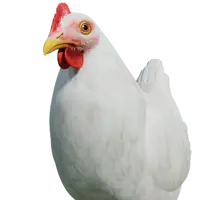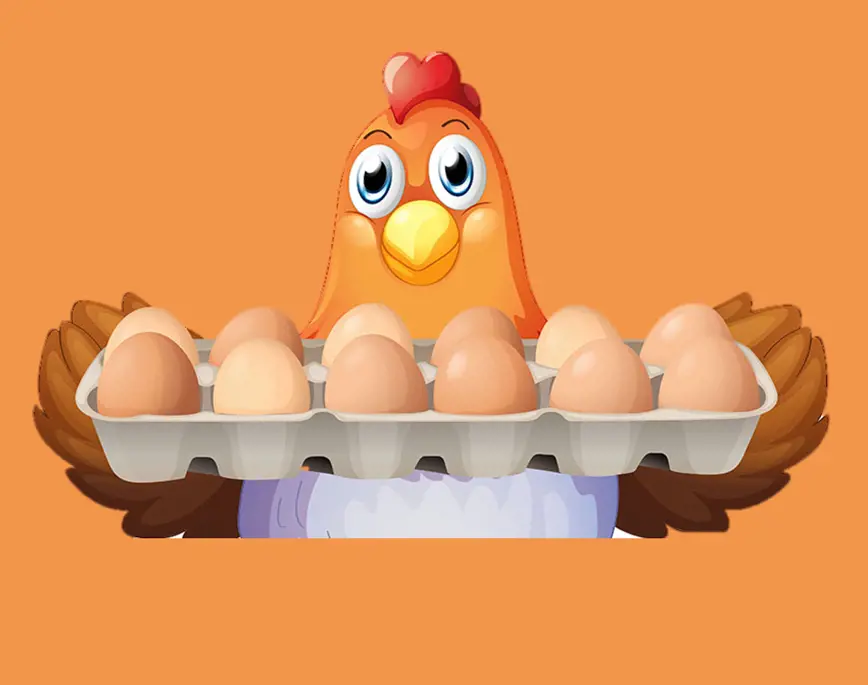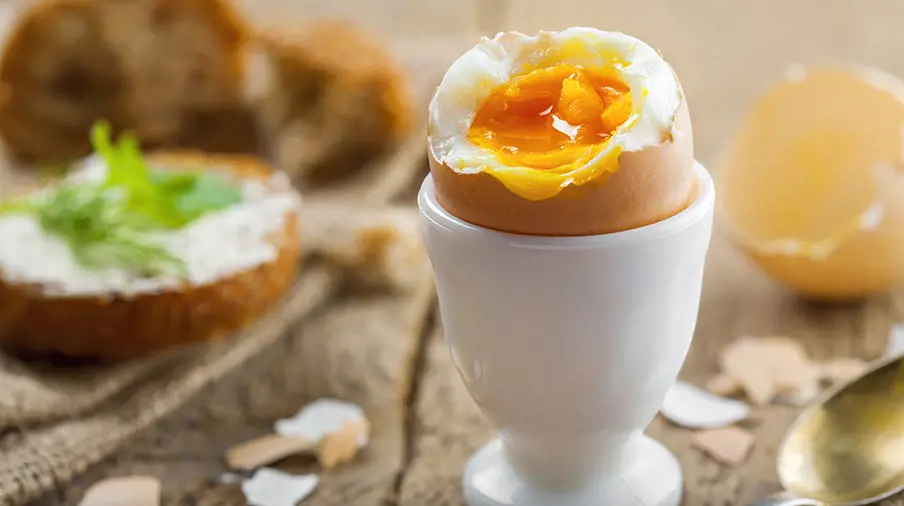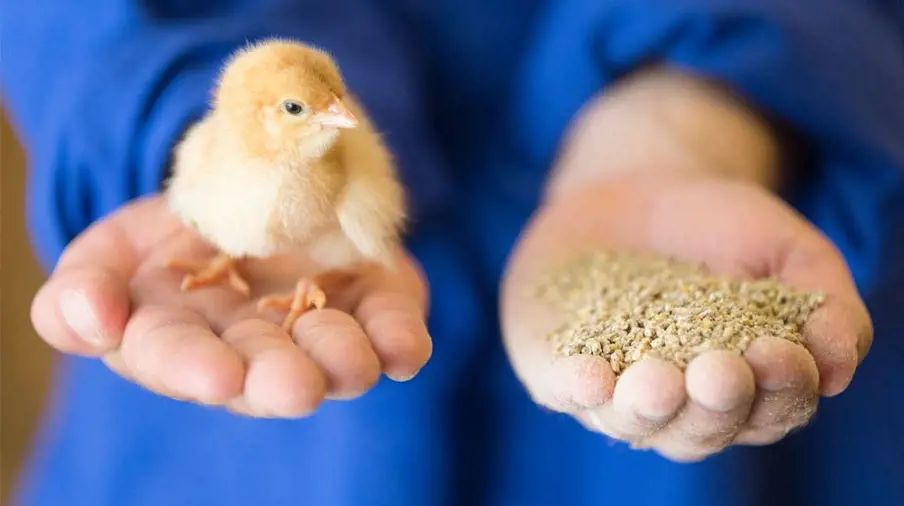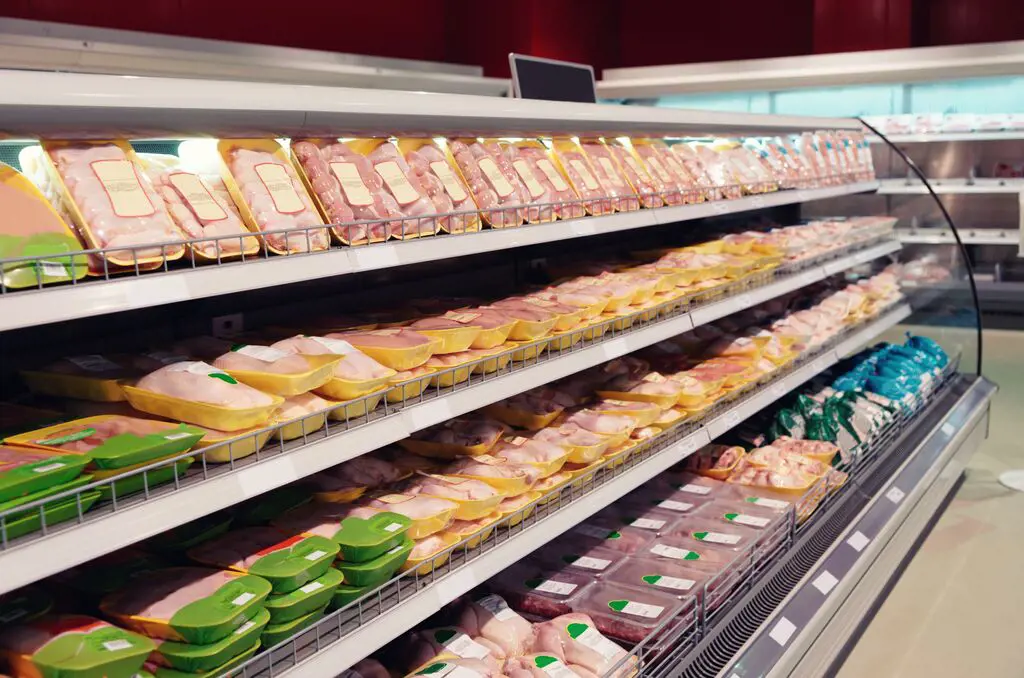
A good egg
Did you know that billions of eggs are produced worldwide every year? That’s a lot of zeros! Anna and Dean are excited to tell you more about chicken eggs! Want to hear what they’ve got to say?
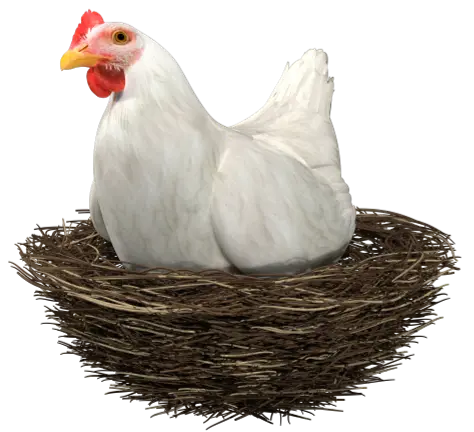
Did you know ...
An average person eats 270 eggs per year? That's a lot of eggs! That includes fried eggs, but also eggs in biscuits and cakes.
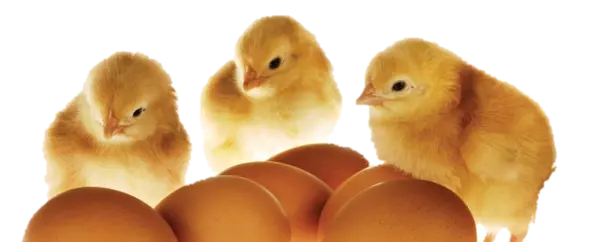
Eggs in shapes and sizes
There are two types of eggs:
- Table eggs: these are the eggs we eat at home.
- Industry eggs: these are eggs use to make biscuits and cake, and even shampoo. Each egg has a different size, just like clothes. A small egg is S (Small), then you have M (Medium), L (large) and XL (Extra Large). XL eggs are mostly used by industry.
If you want to buy an egg in the supermarket, you might see lots of different types.
Did you know that you can tell what colour an egg will be by the chicken’s earlobe? White chickens tend to lay white eggs, and brown chickens lay brown eggs. But that’s not always the case! Take a look at a chicken’s earlobes If they’re white, we’ll get a white egg! If they’re red, we’ll get a brown egg! But they don’t taste any different. Most eggs are white inside, with a yellow yolk.
Different types of eggs
Every egg has a stamp on it. This tells us not only where the egg comes from, but also the kind of life the chicken has had. There are four types of chicken sheds, and the type that a chicken lives in is indicated by the number printed on her eggs.
- A standard egg, which comes from laying hens kept in barns containing large cages. The cages must be larger than two square meters, with enough living space for each chicken. The bottom is made of mesh, so the chicken’s poo drops through, and she doesn’t have to walk or sit in it. There are also grass mats in the cage and breeding nests for the hens to lay eggs..
- A free-run egg that comes from a chicken that lives in a barn with space to move around. Chickens love scratching around, and barn chickens have enough room to do this inside. There’s lots of straw on the ground, which they can peck and scratch at.
- A free-range egg that comes from a free-range chicken. The shed or barn that a free-range chicken lives in is about the same size as those of a barn chicken. But free-range chickens can go outside during the day and enjoy plenty of space. The outdoor area is covered with grass and trees.
- An organic egg, laid by a chicken that is specially fed with organic feed (food without chemicals added to it). The chickens have more space and natural light in the shed, and can go out during the day into covered spaces or the open air.

Omega-3 eggs
There are even Omega-3 eggs. These come from chickens that have been given extra Omega-3 fatty acids. That’s good for the chicken and good for you too.
Many people say they prefer organic eggs. But research shows that you can hardly taste the difference. What you can taste is the difference between an egg that is freshly laid and one that has been around for a while.

Take a look at the farm of Gerben
Egg white, yolk and colours
Finally, the egg white and the yolk. An egg mainly consists of what we call egg white. This is the clear, light part of an egg that turns white when you fry or boil it. The yolk is the yellow or orange part of an egg. If an egg is fertilised, the yolk serves as food for a chick. In laying hens, the egg is never fertilised.
Sometimes, a yolk is yellow and sometimes it’s orange. This is determined by the feed. People tend to eat different eggs in different countries. In the Netherlands, we eat eggs with a yolk that is somewhere between yellow and orange. In Germany, people prefer an orange yolk. In Spain, they like a really, really orange yolk. What organic chickens are fed doesn’t affect the colour of the yolk. An organic egg yolk is always yellow. How much corn a chicken eats also affects the colour of the yolk.
Find out more about laying hens and read some fun facts about chickens.
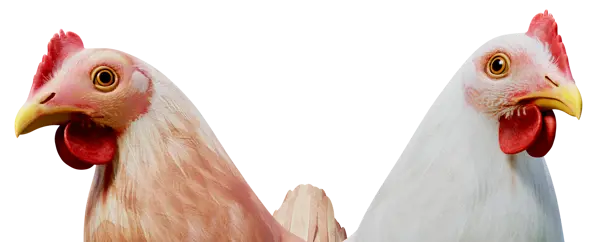
Test your knowledge
Sometimes, when you’re giving a presentation, you might need to ask the audience questions. Why not test your own knowledge here? You could use them in your presentation
